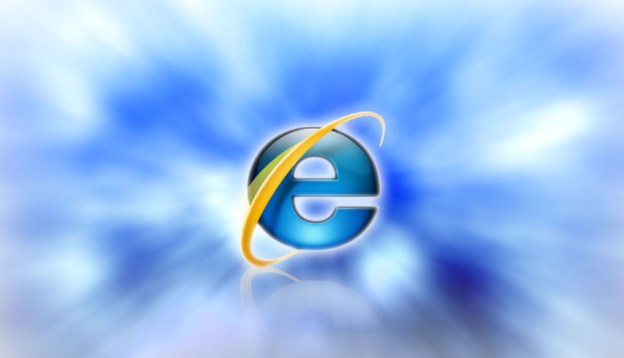
According to new data posted this week from a company called Net Applications, Microsoft’s Internet Explorer appears to be continuing a downward spiral. Over the last ten months, Microsoft has lost five percent of the web browser market while Google’s Chrome has gained about six percent. The amount of people using Internet Explorer is expected to fall below the 50 percent mark around late May of 2012. One bright point for Microsoft is that usage of its latest version of Internet Explorer, IE9, increased by about two percent from July to August. However, IE9 is limited to usage on Windows Vista and Windows 7. Windows XP users are limited to Internet Explorer 8 until upgrading.

Mozilla’s Firefox has remained fairly stagnant over the last 10 months, but has only lost about one percent of the browser market. Mozilla recently switched to an upgrade cycle identical to Google Chrome as the inability to roll out quick updates made the browser seem stale in comparison to Chrome. Apple’s Safari browser slowly gained market share over the last year to the tune of one percent and the Opera browser seems to be slowly fading away. Opera’s share dropped from 2.42 percent in September 2010 to 1.68 percent in August 2011.


